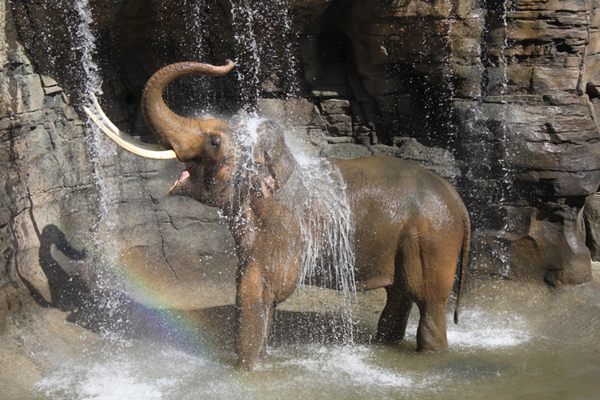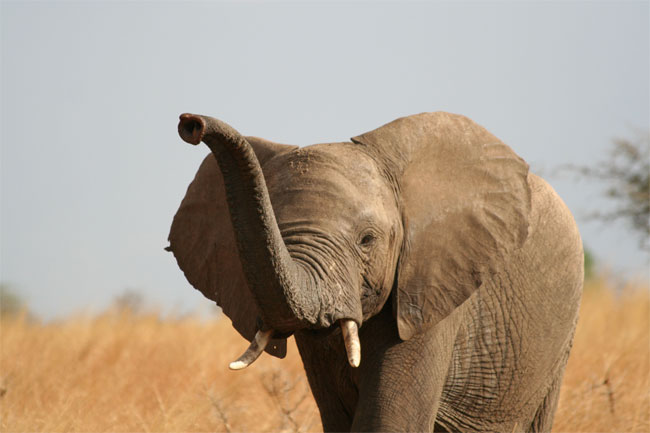
What's the Difference Between Asian and African Elephants?

To the untrained eye, African and Asian elephants can be indistinguishable, but there are key physical features that make these two species relatively easy to tell apart.
The most noticeable physical differences can be seen in the ears, tusks and head shapes of the two species, according to The Elephant Sanctuary, a natural-habitat refuge for endangered elephants located in Hohenwald, Tenn.
[Got a question? Send us an email and we'll look for an expert who can crack it.]
African elephants have large ears, shaped much like the continent of Africa itself. The larger surface area of their ears helps to keep African elephants cool in the blazing African sun. Asian elephants have less to worry about heat-wise, as they tend to live in cool jungle areas, so their ears are smaller.
Asian and African elephants have very distinct head shapes. African elephants have fuller, more rounded heads, and the top of their head is a single dome. Asian elephants have a twin domed head with an indent in the middle.

There's another thing sets them apart: Only male Asian elephants grow tusks and even then, not all males will have them. In African elephants, both sexes generally (but not always) exhibit tusks.
Beyond these larger, more noticeable details, there are many other, smaller features that distinguish the two elephant species: number of toenails, how wrinkled their skin is, the feel of their trunk, and even the shape of their teeth.
Sign up for the Live Science daily newsletter now
Get the world’s most fascinating discoveries delivered straight to your inbox.
Despite these physical differences, both species of elephant are very similar socially. Both species of elephant are herd animals living within defined social structures, according to the conservation group WWF. The herds are usually led by the oldest female, and are made up of her daughters, sisters and their offspring. Once they reach puberty, male calves leave the mother's herd and join other young males in bachelor groups. Older males tend to be solitary.
As Asian and African elephants do not come in contact in the wild, there has only been one incident of cross-breeding between the two species. In 1978, at the Chester Zoo in England, the Asian elephant cow Sheba gave birth to a calf with an African elephant bull named Jumbolino. Their calf was named Motty, who had features of both his parents. Sadly he was premature and died of stomach complications two weeks later, according to Dr. Derek Lyon, veterinarian in charge at Chester Zoo during Motty's birth..










